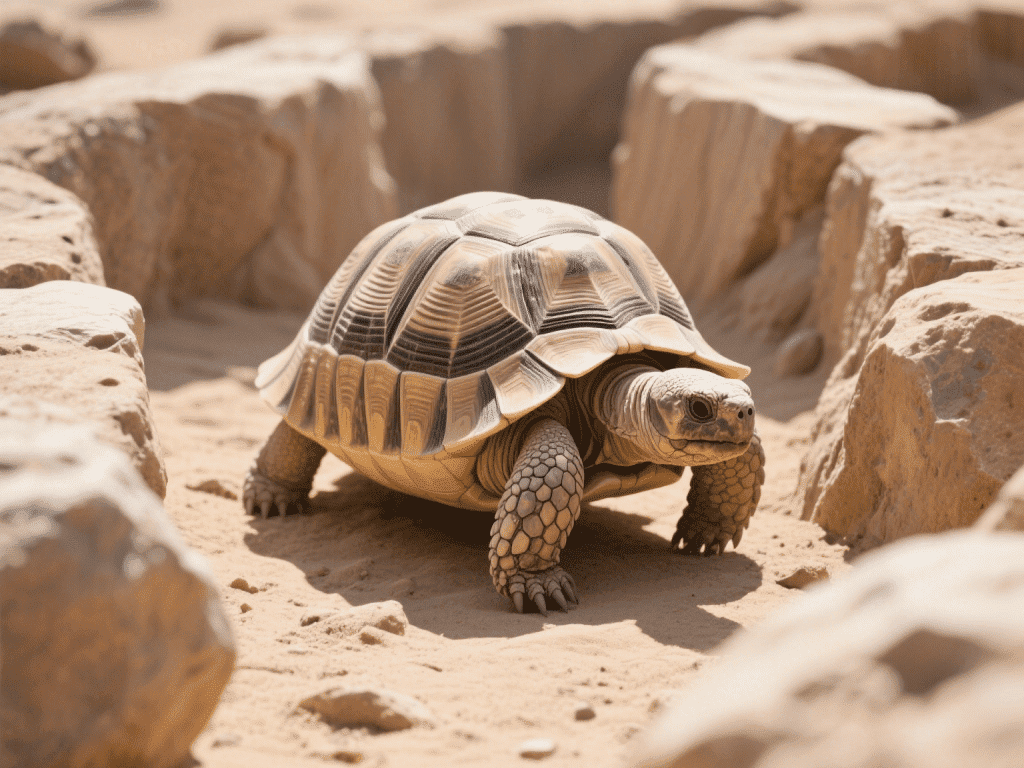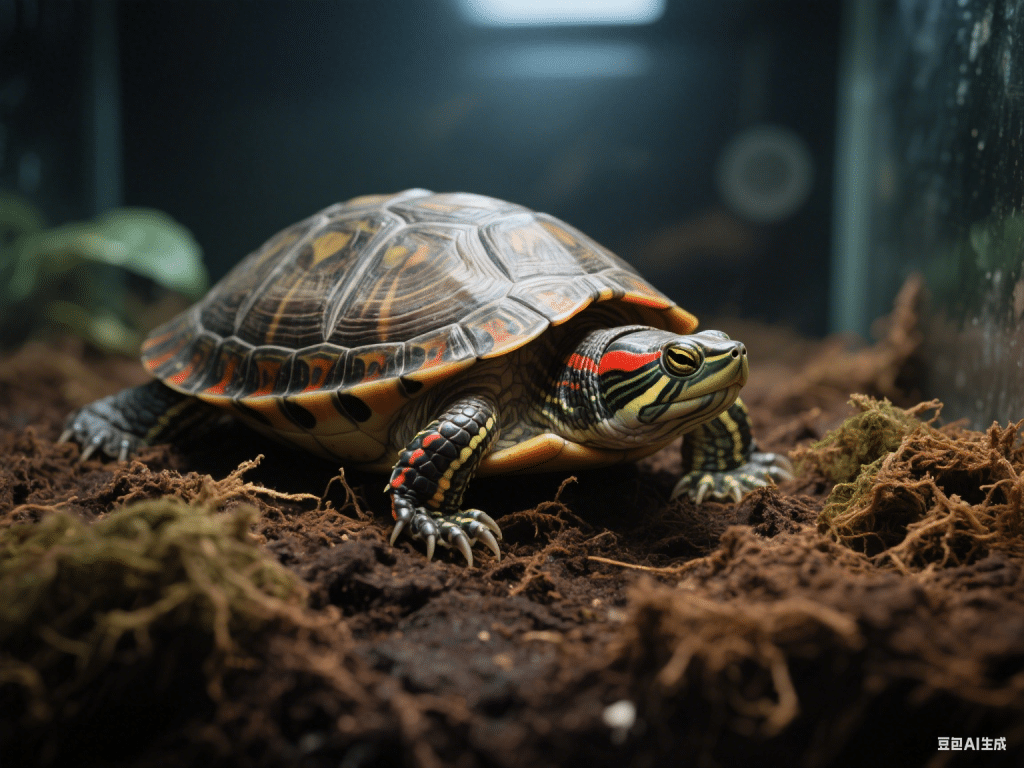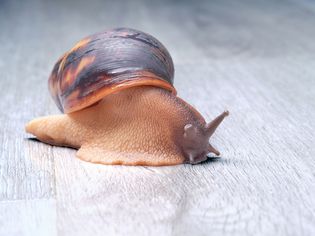Seasonal Activity Plans for Desert Tortoises: Beyond Brumation

Desert tortoises evolved to thrive in harsh, seasonal climates—cycles of activity, aestivation, and brumation shape their physiology. As a reptile husbandry specialist, I recommend a proactive annual plan to mimic these rhythms and promote optimal health.
1. Spring Activation (March–May)
– Gradual Light Increase: Begin at 10 hours/day, adding 30 minutes weekly to reach 12 hours.
– Feeding Ramp‑Up: Offer high‐fiber greens (prickly pear pads, dandelion) twice daily to rebuild reserves.
– Enclosure Refresh: Deep‑clean substrate, inspect burrows, and replace any UVB bulbs older than 6 months.
2. Summer Enrichment (June–August)
– Heat Management: Provide shade cloths and misting stations to keep ambient temps below 100°F.
– Interactive Foraging: Scatter chopped vegetables around the run each morning for natural grazing.
– Water Bathing: Offer a shallow soak twice weekly to aid hydration and skin health.
3. Pre‑Brumation Phase (September–October)
– Feeding Peak: Increase calcium‐rich foods (leafy greens dusted with supplement) to encourage fat storage.
– Temperature Adjustment: Lower nighttime temps gradually from 75°F to 60°F to signal upcoming dormancy.
– Health Check: Weigh your tortoise; optimal pre‑brumation weight is 10–15% above spring emergence weight.
4. Brumation Protocol (November–February)
– Enclosure Setup: Provide a dedicated insulated box at 50–55°F with 70% humidity inside.
– Minimal Disturbance: Check on your tortoise monthly—look for signs of dehydration or unnatural weight loss.
– No Feeding: Tortoises should not eat during brumation; any refusal to brumate may warrant veterinary advice.
5. Post‑Brumation Recovery (Late February–March)
– Gradual Warming: Increase enclosure temperature by 5°F per day until reaching spring levels.
– Hydration Boost: Offer water soaked greens and encourage soaking to rehydrate tissues.
– Light Exercise: Place your tortoise in an open, shaded area for supervised strolls to reactivate muscles.
6. Behavioral Enrichment Year‑Round
– Obstacle Courses: Arrange rocks and logs for climbing.
– Sensory Stimuli: Introduce natural scents—sagebrush or chamomile—near hideouts.
– Diet Rotation: Swap greens, flowers, and grasses monthly to provide varied nutrients and foraging interest.
7. Record‑Keeping for Seasonal Trends
Maintain a journal noting weight, feeding habits, and activity levels each month. This data helps you fine‑tune future seasonal plans and identify health anomalies early.
8. Veterinary Check‑Ins
Schedule biannual wellness exams in spring and autumn to assess weight, shell condition, and overall health. Early detection of metabolic bone disease or respiratory issues is critical.
9. Community and Social Interaction
While desert tortoises are solitary in the wild, occasional visual contact with conspecifics through adjacent runs can reduce stress and encourage natural behaviors like head bobbing and stretching.
10. Long‑Term Wellness Strategy
By mirroring your tortoise’s natural seasonal cycles—and adding enrichment beyond basic needs—you’ll foster a robust, engaged, and healthy companion for decades.









Comments on "Seasonal Activity Plans for Desert Tortoises: Beyond Brumation" :